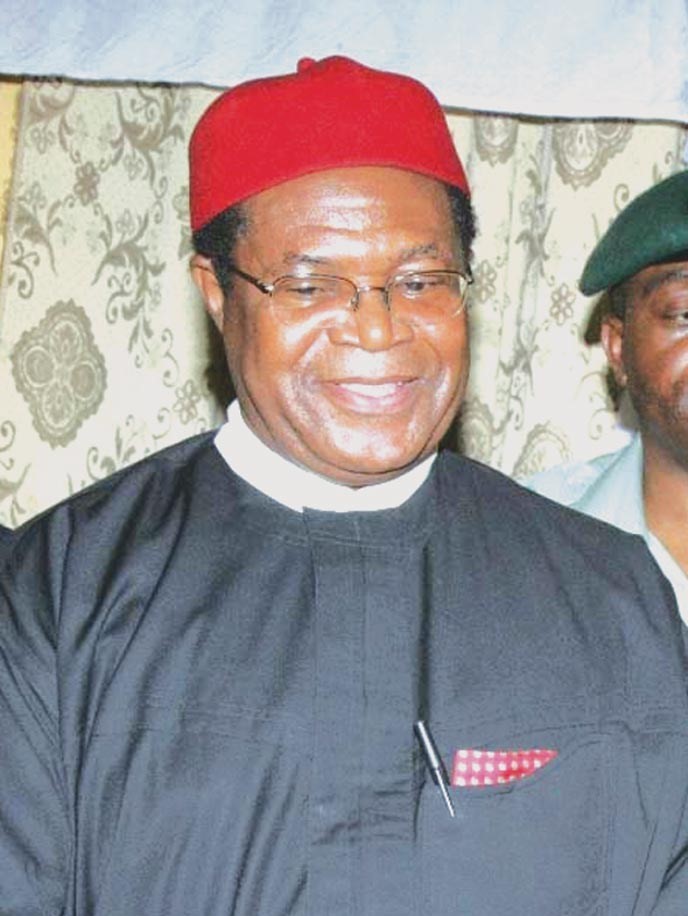|
Military Hospital, Vračar
Military Hospital at Vračar ( sr-cyr, Војна болница на Врачару, ''Vojna bolnica na Vračaru'') is located in Belgrade, in the territory of the city municipality of Savski Venac, built in the period from 1904 to 1909. It represents an immovable cultural property as a cultural monument. History Dr Roman Sondermajer came to Serbia from Poland in 1889, and in his autobiography he wrote that "the hospital and opportunities I found there made a terrible impression". In the same year, 1889, Dr Sondermajer initiated the construction of a new hospital, and the works started in 1903. Then the Belgrade municipality offered land at " Western Vračar" to the military in exchange for the land on which Palilula barrack stood. In its original form, the newly built hospital survived despite the bombing in World War I, with no major damage reported. During the second half of the 1920s, new equipment was received from Germany in the name of war reparations, so that the recons ... [...More Info...] [...Related Items...] OR: [Wikipedia] [Google] [Baidu] |
Savski Venac
Savski Venac ( sr-cyr, Савски Венац, ) is a municipality of the city of Belgrade. According to the 2022 census results, the municipality has a population of 36,699 inhabitants. It is one of the three municipalities which constitute the very center of Belgrade, together with Stari Grad and Vračar. Savski Venac is located on the right bank of the Sava river. It stretches in the north-south direction for (from downtown Belgrade, just from Terazije, to Banjica) and east-west direction for (from Senjak and the Sava bank to Autokomanda). It borders the municipalities of Stari Grad to the north, Vračar to the north-east, Voždovac to the east, Rakovica to the south and Čukarica to the west. History and name While Savski Venac and Stari Grad are often styled ''the oldest municipalities'' of Belgrade due to their inclusion of the oldest sections of urban Belgrade outside the walls of the Kalemegdan fortress, they are actually the most recently created municipaliti ... [...More Info...] [...Related Items...] OR: [Wikipedia] [Google] [Baidu] |
University Of Belgrade Faculty Of Medicine
The Belgrade Faculty of Medicine (/''Medicinski fakultet Univerziteta u Beogradu'') is a constituent institution of the University of Belgrade, which offers a wide range of academic courses in Serbian and English, including specialist practice within a network of hospitals, institutes and medical clinics. The School of Medicine includes 40 departments with over 200 professorships. History This school was established in 1920, when the first lecture was held by the anatomy professor Niko Miljanić. Since then, over 30000 have students graduated from this institution, including circa 850 international students. The studies last 12 semesters and are organized within the integral curriculum (no departments and study groups). The training is conducted at the faculty's institutes (basic subjects) and teaching bases of the faculty (clinical subjects). English degree programs The Belgrade Medical School offers a six-year program leading to an MD degree (Doctor of Medicine) for internation ... [...More Info...] [...Related Items...] OR: [Wikipedia] [Google] [Baidu] |
Military Hospitals In Serbia
A military, also known collectively as armed forces, is a heavily Weapon, armed, highly organized force primarily intended for warfare. Militaries are typically authorized and maintained by a sovereign state, with their members identifiable by a distinct military uniform. They may consist of one or more military branches such as an army, navy, air force, space force, marines, or coast guard. The main task of a military is usually defined as defence of their state and its interests against external armed threats. In broad usage, the terms "armed forces" and "military" are often synonymous, although in technical usage a distinction is sometimes made in which a country's armed forces may include other paramilitary forces such as armed police. Beyond warfare, the military may be employed in additional sanctioned and non-sanctioned functions within the state, including internal security threats, crowd control, promotion of political agendas, emergency services and reconstructi ... [...More Info...] [...Related Items...] OR: [Wikipedia] [Google] [Baidu] |

